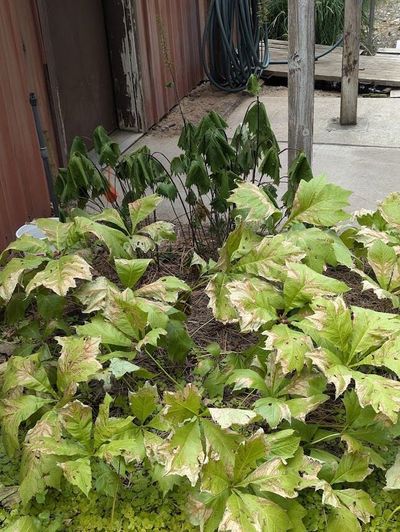Gardening: Choose plants according to your garden’s growing season

By the time you read this, we will be experiencing our first taste of spring temperatures. Just don’t get too excited.
Regardless, it’s time to start planning your spring gardens. The choices in the market are endless for seeds and plants. Here are my guidelines for choosing plants that will work in our region.
First, in what USDA hardiness zone do they prefer to grow? The area around Spokane is rated as Zone 6, (0 to minus 10 degrees) but many gardeners find they live in one of the numerous cold pockets we have resulting from the rugged topography of the region. My garden, against the hills in the south Spokane Valley, gets cold air drainage off the Palouse by way of the Chester Creek valley, such that I need to plan for plants that are hardy Zone 5 (minus 10 to minus 20 degrees). Proof of this was a morning reading of minus 10 degrees during our last cold spell.
As a word of caution, I recently ran into an issue with the USDA zone look-up chart on a well-know online nursery’s website that put us in USDA Zone 7 (zero to 10 degrees). We regularly get those temperatures in the winter. You can play the zonal denial game with Zone 7 plants, but I wouldn’t bet the whole garden. So be careful when you order from online sites and double check their hardiness. I think this is likely a computer glitch, but only time will tell.
The second guideline I use is for vegetables. We have a short growing season here which sometimes starts in mid-May and then stretches into mid- to late September. Unfortunately, when we get a cold spring, where the soil doesn’t warm up or cold June air temperatures, the plants will just sit there.
Normally, our warm weather arrives in early July and stays until mid- to late August. In the past two summers, however, our temperatures quickly got to above 100 degrees for several weeks and shut down growth on most crops. Crops like tomatoes, peppers, corn and squash stopped producing flowers and didn’t fruit until the end of August. We harvested until the end of September.
My general rule is to plant vegetable varieties that have around a 70-day growing cycle from the time of transplant. To help them along, I warm the ground with an ultraviolent absorbing ground plastic (available at Johnny’s Seeds) two weeks before I plant. I then cover peppers and tomatoes with floating row cover until the end of June to help add warmth. In the fall, I keep my frost covers handy in case we get a sneaker frost.
Next is paying attention to the light requirements of the plants. Plants that call for full sun need that, but they often don’t mind a little shade in the afternoon. Plants that require part shade often can’t handle the hot midday sun and prefer morning sun. Full shade plants might handle early morning sun but need shade the rest of the day. Read the tags and experiment.